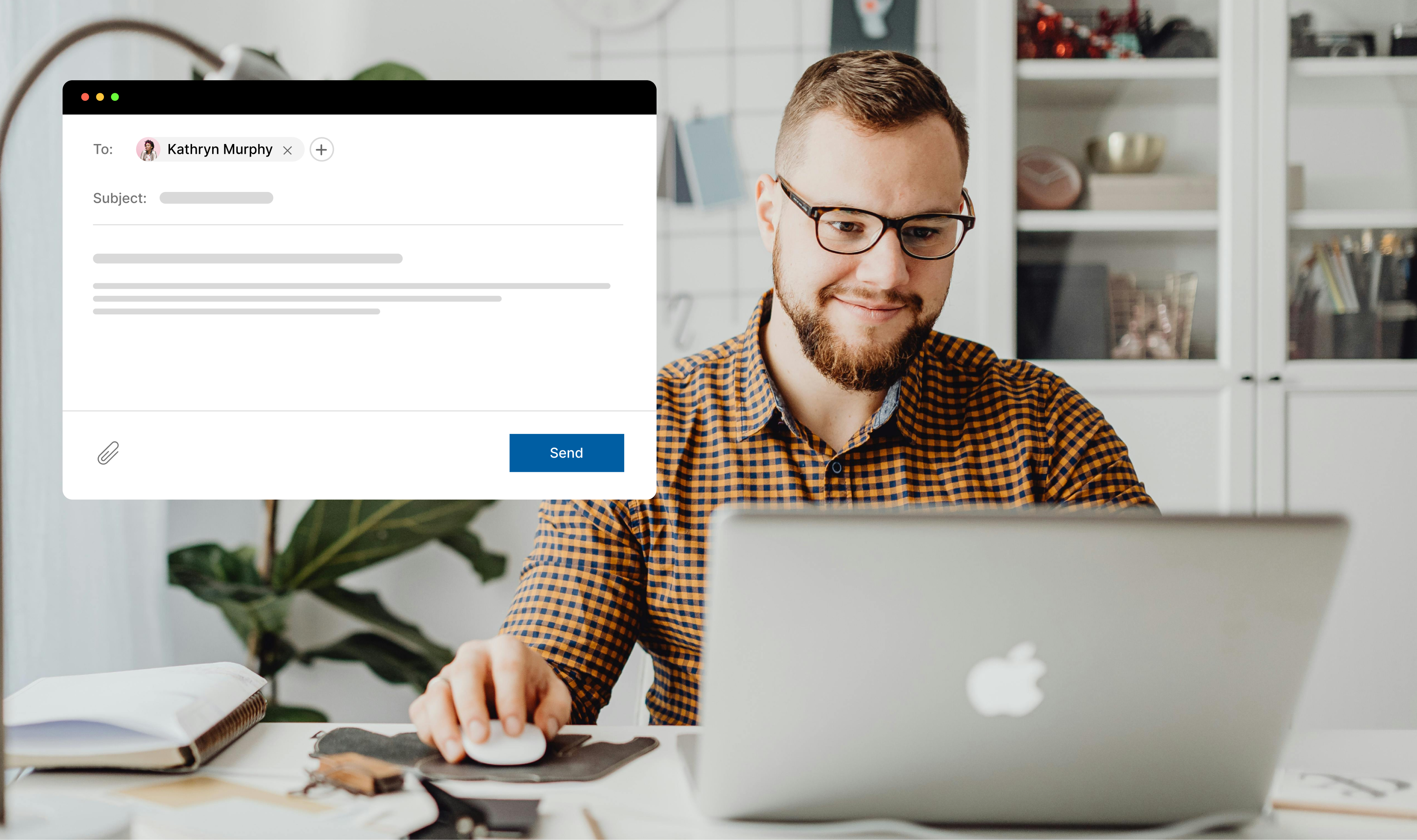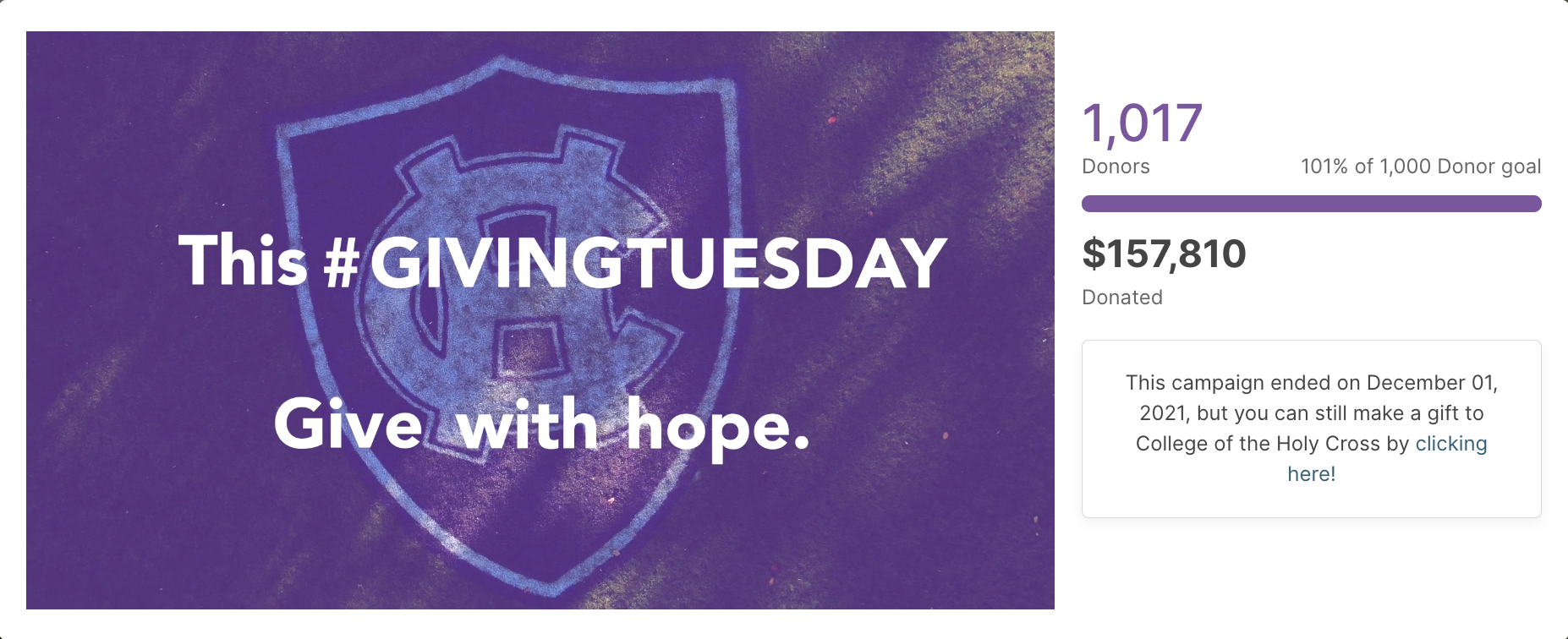This blog was originally published in October 2022 and updated in October 2024.
GivingTuesday continues to be a powerful force for good, with millions of people across the globe participating to support the causes they care about. Positioned right after the shopping frenzies of Black Friday and Cyber Monday, it provides an opportunity for individuals to shift their focus from consumerism to charitable giving.
In 2023, GivingTuesday donations in the U.S. alone reached $3.1 billion. However, participation saw a decline last year, with 34 million adults in the U.S. taking part—a 10% drop. Despite this shift, GivingTuesday remains a key opportunity to kick off the holiday season, helping organizations secure critical support for their missions.
As more nonprofits join the GivingTuesday movement and donor participation rates face declines, it’s becoming increasingly important to stand out amidst the flurry of appeals. With most GivingTuesday donations occurring online, email marketing remains one of the most effective ways to engage supporters and inspire them to give. A well-executed GivingTuesday email campaign can help you build momentum early, drive donations, and keep your mission top of mind throughout the campaign.
Below, we’ll break down six essential GivingTuesday emails to create that will motivate action. Additionally, you’ll find email best practices that will set your campaign up for success.
1. Save-the-Date Teaser Email
It’s always a good idea to build a sense of urgency around your GivingTuesday appeal, and creating a Save-the-Date teaser email is a great way to get folks thinking about your campaign even before you launch.
Pro Tip: Keep it simple. You don’t want to overwhelm your community with too much information too early in the campaign. Of course, if you’ve built a pre-launch campaign page you can include the link in your teaser email and suggest folks bookmark the donation page so they can check back after kickoff and keep tabs on campaign progress. Consider adding a countdown clock to your pre-campaign page so potential donors are ready for your campaign’s launch.
Also, while this post is primarily about emailing your prospective donor community, keep in mind that you should have a separate communication strategy and cadence for reaching out to advocates and volunteers.
2. Launch Email
Your launch email is one of the most important communications of your GivingTuesday campaign. It’s your opportunity to convey the significance and urgency of your initiative, generate excitement, and set the overall tone for your campaign. Your first email should include:
- WHY/WHO: The purpose of your campaign and who it will impact
- WHEN: Campaign kick-off and close dates
- WHAT: Details about major matches, challenges, and incentives
- WHERE: A clear accounting of where donated dollars go
- HOW: Easy ways to give
Make sure to use clear calls to action (CTAs) to direct them to your giving page and information about ways to give other than online donations. Be sure to inject some fun into your communications and create a little philanthropy FOMO. You want prospective donors to feel like they’ll be missing out if they don’t click through to your online campaign page. You may also use this email to share any donor-facing fundraising goals to get people excited to help you meet them.
Tips on Email Subject Lines: Crafting compelling subject lines for your launch email and all of your GivingTuesday communications is key to capturing attention. Here are some best practices:
- Create Urgency: Use time-sensitive language like “🚨Match alert: Give by noon to double your impact !” to encourage immediate action.
- Be Clear and Concise: Try to keep subject lines under 50 characters. For example, “Make your mark this GivingTuesday!” clearly conveys the purpose and CTA.
- Highlight Impact: Emphasize how donors can make a difference with lines like “Support [designation] at your alma mater!!”
- Incorporate Goals: Mention specific fundraising goals or matching gifts. For instance, “Look who just topped the leaderboard! 👀” adds excitement.
- Personalize: Include the recipient’s name, class, affinity group, etc., for a tailored touch, such as “[Name], [Affinity group] is counting on you!”
By following these tips, you can create subject lines that not only capture attention but also drive engagement for your GivingTuesday campaign.
3. Update Email
It’s important to update your community throughout your campaign. How often you reach out via email depends on a number of factors including the length of your campaign and your ability to segment your messaging to different audiences.
Campaign length: If you’re conducting a 24-hour GivingTuesday campaign, you may want to limit the number of outreach emails you send the day of as inboxes will already be overflowing with messages from other nonprofits. Be judicious about your communications and make sure each email has a unique and compelling subject line. If your campaign will run for several weeks or through calendar year-end (CYE), you can and should reach out to your community regularly.
Audience: Ideally, how you communicate with the people who are already motivated and engaged should be different from how you talk to an audience who may be tuning in for the first time. That said, there are plenty of good reasons to send an update email to everyone on your email list, including to:
- Remind people about the purpose of your campaign and all the ways they can make a difference
- Report on the progress made toward your fundraising goal (e.g., at the halfway point, when donations are lagging, or when the campaign is close to hitting a milestone)
- Alert your community to new matches, challenges, or incentives to keep the momentum going
- Offer other ways to get involved (e.g., post messages of encouragement on social media, share your school’s campaign page with peers)
- Notify stragglers that you’re extending the campaign
4. Extra-Momentum Emails
It’s a given that excitement around your campaign will wax and wane, so you’ll want to be proactive and have one or two extra momentum emails in your back pocket for when donations inevitably slow down. Consider saving a big update, a compelling video, or a heartfelt message from an influential advocate for later in your GivingTuesday campaign.
BLOG: How to Create a Fundraising Campaign Video that Converts
Check out these peer examples of personal videos
5. Last-Call Email
The last-call email is your final chance to move the needle on your GivingTuesday campaign. A brief, carefully crafted message sent in the final hours is often just the thing to:
- Nudge well-intentioned procrastinators to act
- Inspire a last-minute rally among peers to own the leaderboard
- Motivate donors to take advantage of soon-to-expire matching campaign funds
You should plan to send this email on the last day of your campaign, preferably in the evening. Keep it short and sweet—and direct—with a prominent call to action.
6. Thank-You Email
While it’s a donor stewardship best practice to thank someone as soon as they make a gift, you will want to reach out again to your entire community once the campaign is officially closed with a sincere message of gratitude. Consider preparing a thank-you video ahead of time that shares the impact that the dollars raised will have on your school community.
You should also extend special thanks to your volunteers and advocates as part of a separate email cadence. Finally, you should also follow up with folks that you solicited for donations but did not make a gift. They are still an important part of your community and seeing campaign results in their inbox may just be enough to nudge them to contribute after the fact or to raise their hand the next time you ask.
GC Outreach Simplifies your GivingTuesday Email Strategy
Built to match the way you operate, GC Outreach seamlessly connects email to your GiveCampus campaigns and giving forms, simplifying workflows and providing more relevant, personalized, and effective donor engagements.
You can generate captivating GivingTuesday emails in just minutes using smart, custom-built prompts that use generative AI and your own campaign data. Then, easily segment donors with ready-made recipient lists that you can quickly filter to target your ideal audience.
Not a GiveCampus Partner yet?
You can get a taste of how the GiveCampus platform leverages generative AI with our free tool: Donor Outreach AI. Trained to think like a fundraiser, this AI-powered utility instantly generates targeted donor emails, invites, and more with just a few clicks. You can then refine as you like to make the messaging your own
Want to learn more ways to prepare for GivingTuesday? Watch our latest on-demand GivingTuesday best practices from our fundraising experts.



